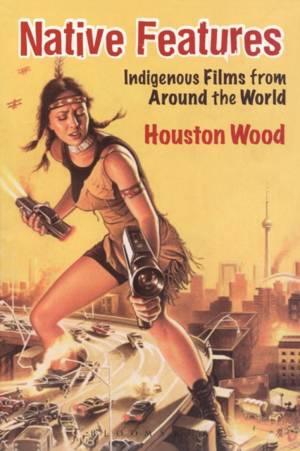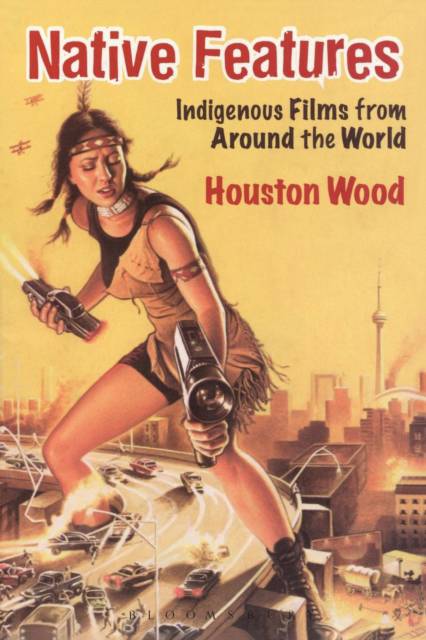
- Afhalen na 1 uur in een winkel met voorraad
- Gratis thuislevering in België vanaf € 30
- Ruim aanbod met 7 miljoen producten
- Afhalen na 1 uur in een winkel met voorraad
- Gratis thuislevering in België vanaf € 30
- Ruim aanbod met 7 miljoen producten
Zoeken
€ 76,45
+ 152 punten
Omschrijving
Native Features is the first book to look at feature films made by Indigenous people, one of the world's newest and fastest growing categories of cinema. The book provides easy to understand guidelines to help viewers appreciate the more than 50 Indigenous features now in circulation. Native Features shows how movies made by Native peoples throughout the world often strengthen older cultures while they simultaneously correct stereotypes found in non-Indigenous films.
The book focuses on well-known films, such as Rabbit-Proof Fence, Smoke Signals, and Whale Rider, as well as on many films seldom seen beyond the regions where they were made. Separate chapters trace the exemplary careers of Cheyenne and Arapaho director Chris Eyre and of Australian Aboriginal actor David Gulpilil. There are chapters as well that look at Indigenous feature films by region. These detail how individual Indigenous films fit within the distinctive film histories of the Arctic, Australia, Oceania, and North America.
As the first extended study of the recent global explosion of Indigenous cinema, Native Features provides pioneering ways of thinking about these films that will likely shape discussions for decades to come.
The book focuses on well-known films, such as Rabbit-Proof Fence, Smoke Signals, and Whale Rider, as well as on many films seldom seen beyond the regions where they were made. Separate chapters trace the exemplary careers of Cheyenne and Arapaho director Chris Eyre and of Australian Aboriginal actor David Gulpilil. There are chapters as well that look at Indigenous feature films by region. These detail how individual Indigenous films fit within the distinctive film histories of the Arctic, Australia, Oceania, and North America.
As the first extended study of the recent global explosion of Indigenous cinema, Native Features provides pioneering ways of thinking about these films that will likely shape discussions for decades to come.
Specificaties
Betrokkenen
- Auteur(s):
- Uitgeverij:
Inhoud
- Aantal bladzijden:
- 240
- Taal:
- Engels
Eigenschappen
- Productcode (EAN):
- 9780826428455
- Verschijningsdatum:
- 15/04/2008
- Uitvoering:
- Paperback
- Formaat:
- Trade paperback (VS)
- Afmetingen:
- 150 mm x 226 mm
- Gewicht:
- 385 g

Alleen bij Standaard Boekhandel
+ 152 punten op je klantenkaart van Standaard Boekhandel
Beoordelingen
We publiceren alleen reviews die voldoen aan de voorwaarden voor reviews. Bekijk onze voorwaarden voor reviews.








